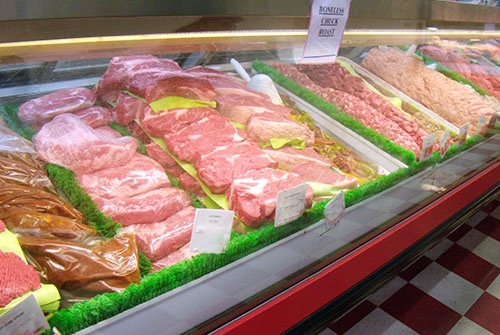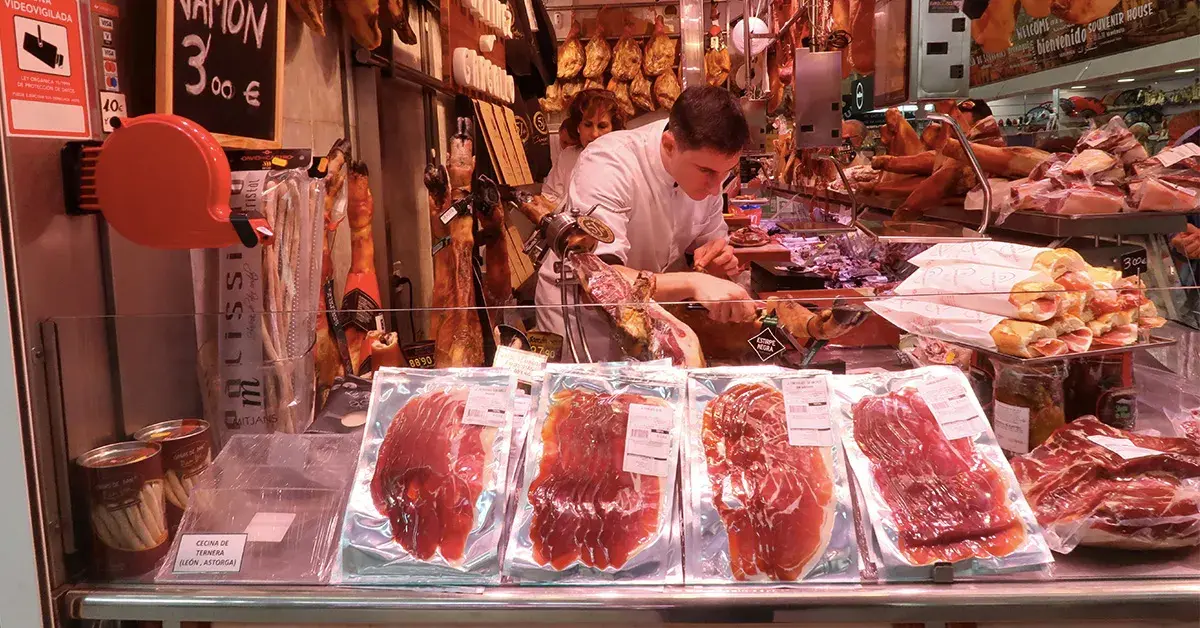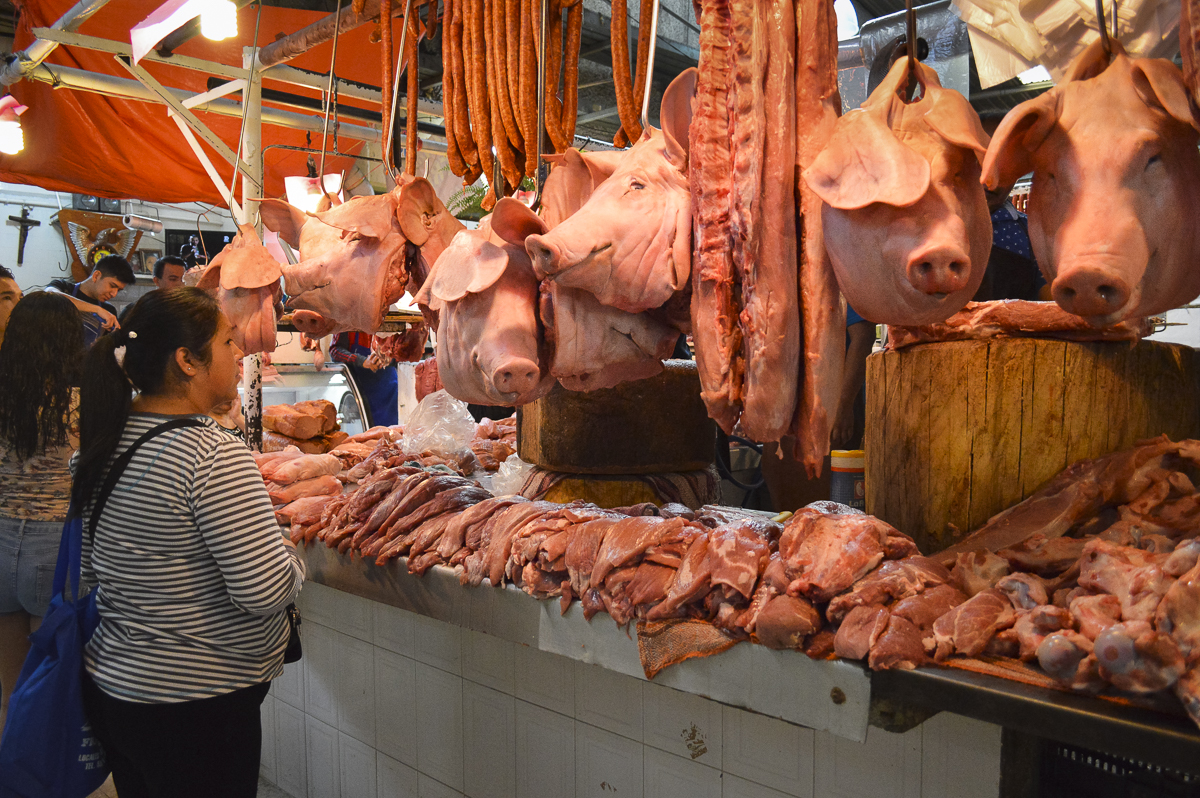Why Bagley Farms Meat Market Edwardsville IL Is the most effective Choice for Quality Meats
Why Bagley Farms Meat Market Edwardsville IL Is the most effective Choice for Quality Meats
Blog Article
Discover the Art of the Butcher's Cut in a Modern Meat Market
In the ever-evolving landscape of contemporary meat markets, the butcher's cut has transcended its standard roots, merging old-time craftsmanship with contemporary techniques. What truly establishes the contemporary butcher apart is their ability to create a deeper link between consumers and the beginnings of their meat.
Development of Butchery Strategies

The mid-20th century saw butchery methods even more improved by clinical understandings right into muscle mass biology and meat aging, enhancing both inflammation and preference. Advancements like vacuum packaging and refrigeration prolonged product shelf-life, permitting butchers to branch out offerings and improve quality assurance. This duration likewise noted the rise of specialized tools, such as band saws and meat slicers, which boosted precision and efficiency in meat handling.
Digital systems now help in monitoring animal provenance and enhancing cuts to fulfill particular client choices. Furthermore, a revival in artisanal butchery has actually arised, blending standard abilities with modern-day knowledge to provide to customers seeking ethical and lasting meat alternatives.

Recognizing Meat Cuts

Understanding the intricacies of meat cuts is crucial for both butchers and consumers looking for high quality and value. For butchers, specific cuts show ability and respect for the craft, ensuring very little waste and optimal return.
The key classifications of meat cuts consist of primal, sub-primal, and retail cuts. Butchers then damage these down even more into sub-primal cuts, prior to finally creating retail cuts readily available to consumers, like ribeye or tenderloin.
Comprehending muscle make-up is important; muscular tissues used more frequently by the pet often tend to be tougher and are best fit for slow-moving food preparation approaches, while less-used muscles, like those located in the loin, are more tender and perfect for barbecuing or roasting. Knowledge with these distinctions equips customers to make educated choices, boosting their cooking ventures.
Picking High Quality Meat
Selecting the right meat entails more than simply selecting a visually appealing piece from the display screen. The art of selecting top quality meat calls for a discerning eye and understanding of particular attributes that represent freshness and quality. Firstly, take note of the shade; beef must have an intense, cherry-red tone, while lamb must exhibit a soft pink tone, and pork a light pink. This shows the meat is fresh and hasn't been revealed to oxygen for also lengthy.
Second of all, consider the marbling, which describes the white flecks of fat within the muscular tissue. Appropriate marbling is a key sign of tenderness and taste, as it melts during cooking, boosting the meat's juiciness. Remember, greater marbling frequently associates with premium top quality cuts, such as USDA Prime.
Texture is an additional important element; meat needs to feel solid to the touch, not slimed or excessively soft. In addition, be mindful of the fragrance. Fresh meat should have a clean, neutral scent, devoid of any kind of sour or off-putting smells.
Coupling Cuts With Cooking Techniques
Efficiently matching cuts of meat with his response the proper food preparation approaches is important for accomplishing optimum flavor and structure. Various cuts differ in inflammation, marbling, and connective tissue web content, each requiring certain strategies to open their potential. As an example, tender cuts like filet mignon and ribeye, with their intrinsic marbling, gain from high-heat, quick-cooking methods such as grilling or pan-searing. These approaches boost the meat's natural flavors and ensure a juicy finish.
Conversely, tougher cuts like brisket and chuck roast are rich in collagen, which damages down right into jelly when prepared slowly. These cuts are optimal for braising or sluggish roasting, enabling the meat to tenderize with time and create deep, complex flavors. Cuts such as short ribs and pork shoulder make out well with slow-cooking approaches, where extended cooking times change their robust textures into succulent dishes.
Lamb shanks and oxtail, which call for long term cooking to soften, are best candidates for stewing or slow-moving simmering. These techniques coax out rich, passionate tastes while maintaining dampness. By recognizing the special qualities of each cut, chefs and home chefs alike can raise their cooking developments, making sure each dish is both pleasing and unforgettable.
The Butcher's Role Today
Browsing the progressing landscape of the contemporary meat market, the butcher's duty today prolongs past simple preparation of cuts. Contemporary butchers are cooking artisans, teachers, and supporters for lasting practices. They link the gap between the farm and the fork by ensuring ethical sourcing, comprehending animal husbandry, and prioritizing transparency in the supply chain. This shift reflects the growing customer demand for high quality over quantity, where provenance and pet well-being are critical.
Along with crafting accurate cuts, butchers currently involve straight with consumers, using cooking recommendations and tailoring selections to click this match specific needs and preferences. Their experience in meat aging, marbling, and flavor profiles equips consumers to make informed decisions, boosting their cooking experiences. This individualized solution exhibits the butcher's progressing duty as a trusted expert in the cooking area.
In addition, butchers are crucial in decreasing waste, using entire pets to develop diverse items such as sausages and supplies - bagley farms meat market edwardsville il. This detailed technique not just respects the pet browse this site however likewise aligns with contemporary sustainability objectives. This way, the contemporary butcher symbolizes both custom and technology, adjusting to an ever-changing market while preserving the virtuosity and integrity of their craft

Verdict
Proficiency in understanding varied meat cuts and top quality signs empowers butchers to give enlightened suggestions, lining up details cuts with ideal food preparation approaches. By recognizing historical practices while welcoming modern needs, the butcher's function remains essential in today's sophisticated meat market.
Report this page